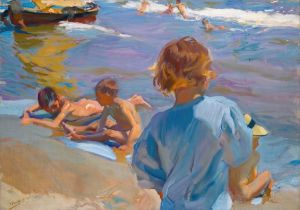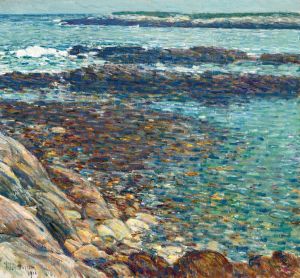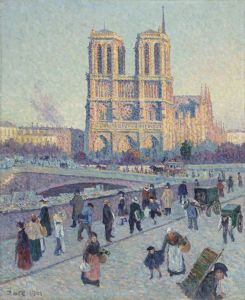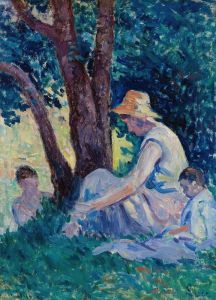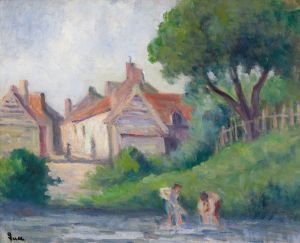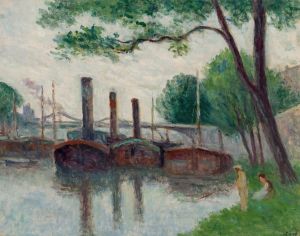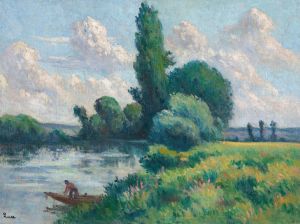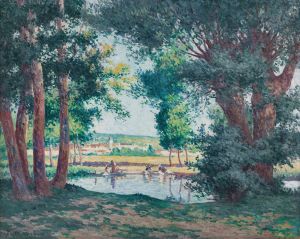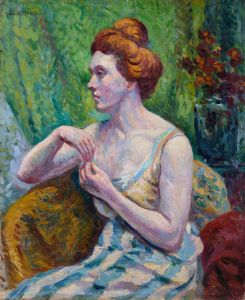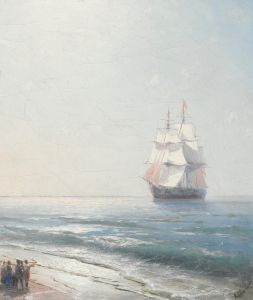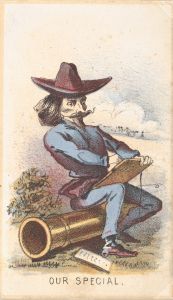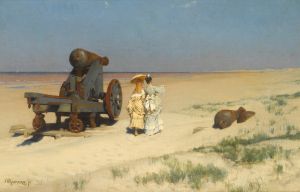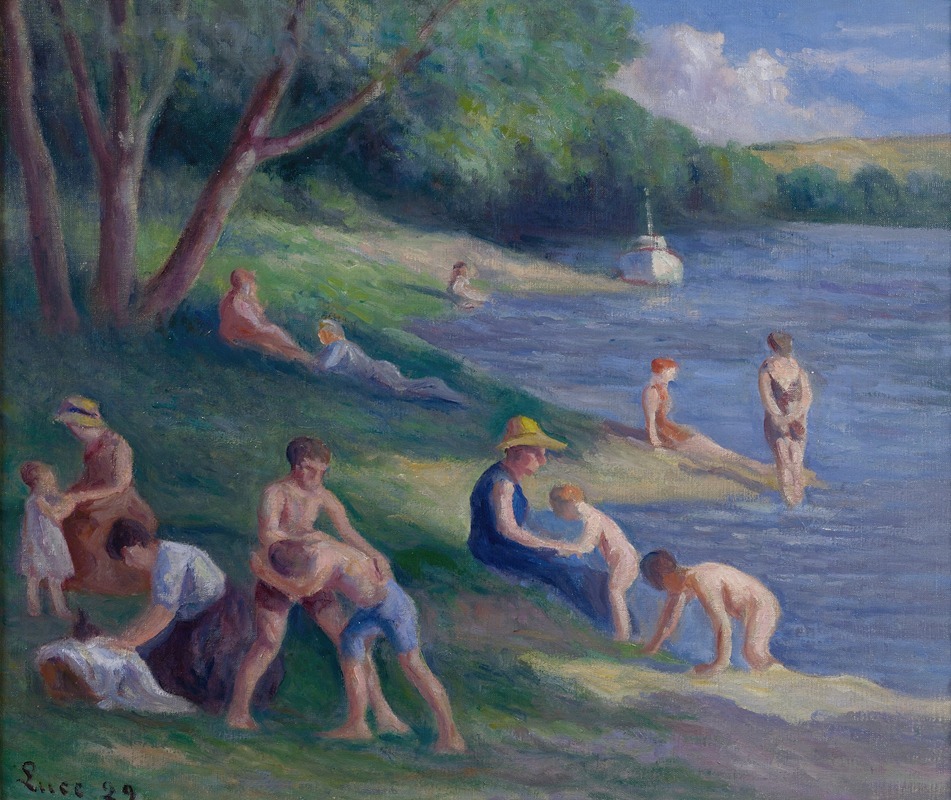
Plage a Mericourt
A hand-painted replica of Maximilien Luce’s masterpiece Plage a Mericourt, meticulously crafted by professional artists to capture the true essence of the original. Each piece is created with museum-quality canvas and rare mineral pigments, carefully painted by experienced artists with delicate brushstrokes and rich, layered colors to perfectly recreate the texture of the original artwork. Unlike machine-printed reproductions, this hand-painted version brings the painting to life, infused with the artist’s emotions and skill in every stroke. Whether for personal collection or home decoration, it instantly elevates the artistic atmosphere of any space.
Maximilien Luce was a prominent French Neo-Impressionist painter, known for his contributions to the Pointillist movement alongside artists like Georges Seurat and Paul Signac. Born in Paris in 1858, Luce initially trained as an engraver before turning to painting. His works often depicted scenes of everyday life, landscapes, and urban environments, characterized by a vibrant use of color and meticulous technique.
"Plage à Méricourt" is one of Luce's notable works, although specific details about this painting are not extensively documented. The title translates to "Beach at Méricourt," suggesting that the painting captures a scene from Méricourt, a commune in the Pas-de-Calais department in northern France. This region, known for its picturesque landscapes and proximity to waterways, provided a rich source of inspiration for many artists during the late 19th and early 20th centuries.
Luce's style in "Plage à Méricourt" likely reflects his Neo-Impressionist approach, characterized by the use of small, distinct dots of color applied in patterns to form an image. This technique, known as Pointillism, was developed to enhance the luminosity and vibrancy of colors, allowing the viewer's eye to blend the colors optically rather than physically mixing them on the palette. This method was rooted in scientific theories of color and perception, which were gaining popularity among artists during Luce's time.
Throughout his career, Luce was deeply influenced by social and political themes, often depicting the lives of the working class and the impact of industrialization. While "Plage à Méricourt" may not explicitly convey these themes, Luce's broader body of work reflects his commitment to capturing the essence of contemporary life and the natural world.
Luce was also an active member of the anarchist movement, and his political beliefs occasionally influenced his artistic subjects. However, his landscapes and seascapes, such as "Plage à Méricourt," typically focus more on the aesthetic and atmospheric qualities of the scene rather than overt political commentary.
The painting's composition likely showcases Luce's skill in capturing light and atmosphere, with careful attention to the interplay of colors and the effects of natural light. His works often exhibit a harmonious balance between form and color, inviting viewers to experience the scene with a sense of immediacy and presence.
Maximilien Luce's contributions to the Neo-Impressionist movement and his dedication to exploring the nuances of light and color have solidified his place in art history. While specific details about "Plage à Méricourt" are limited, the painting remains a testament to Luce's artistic vision and his ability to convey the beauty of the natural world through the innovative techniques of his time.





